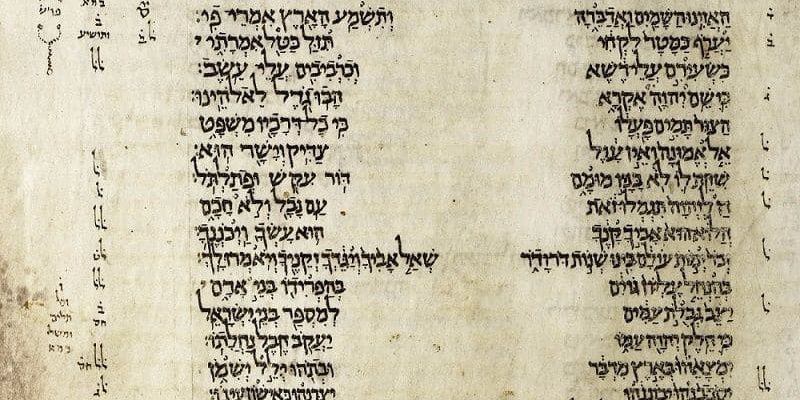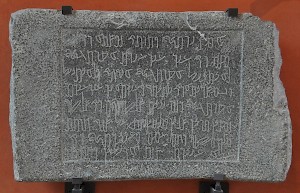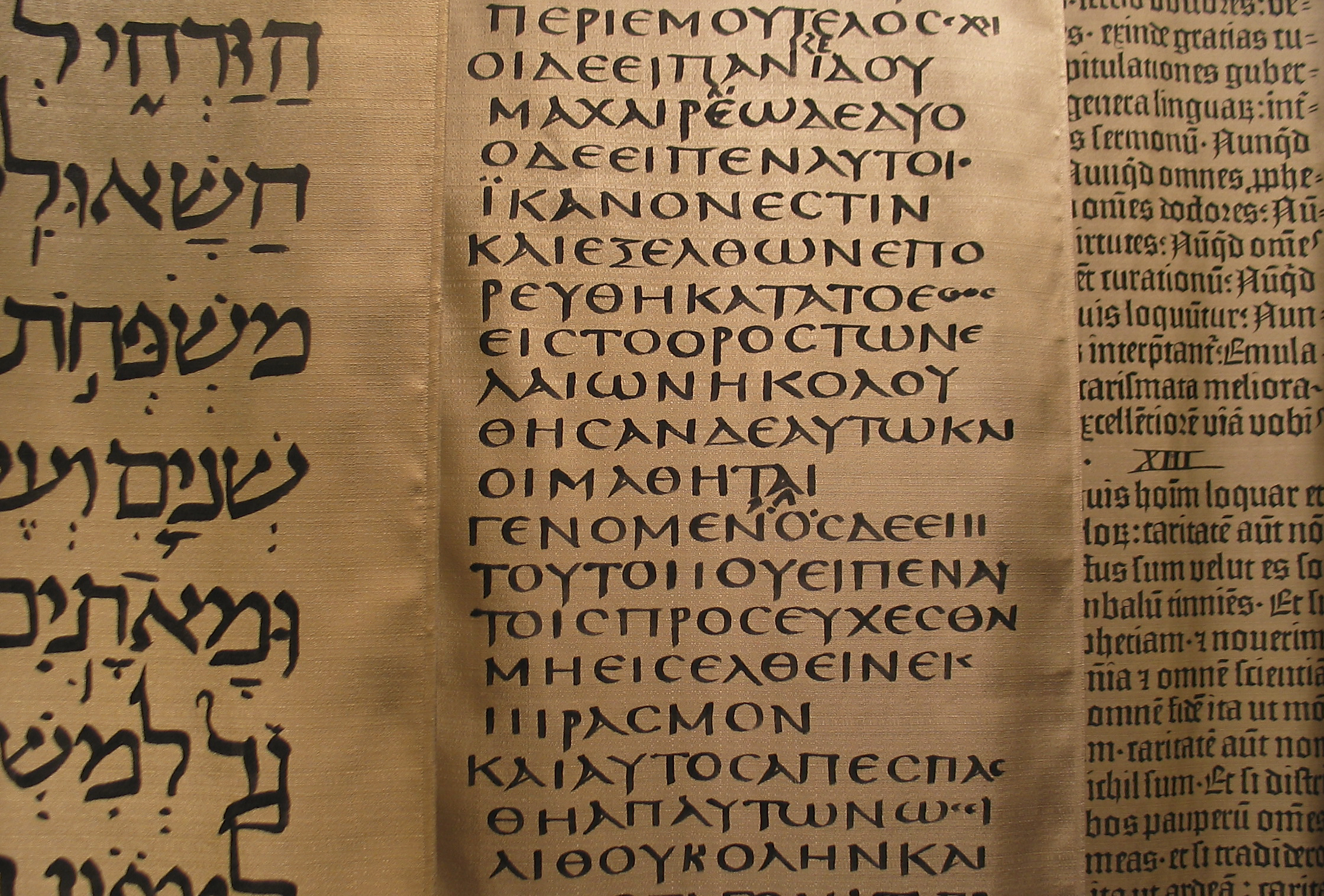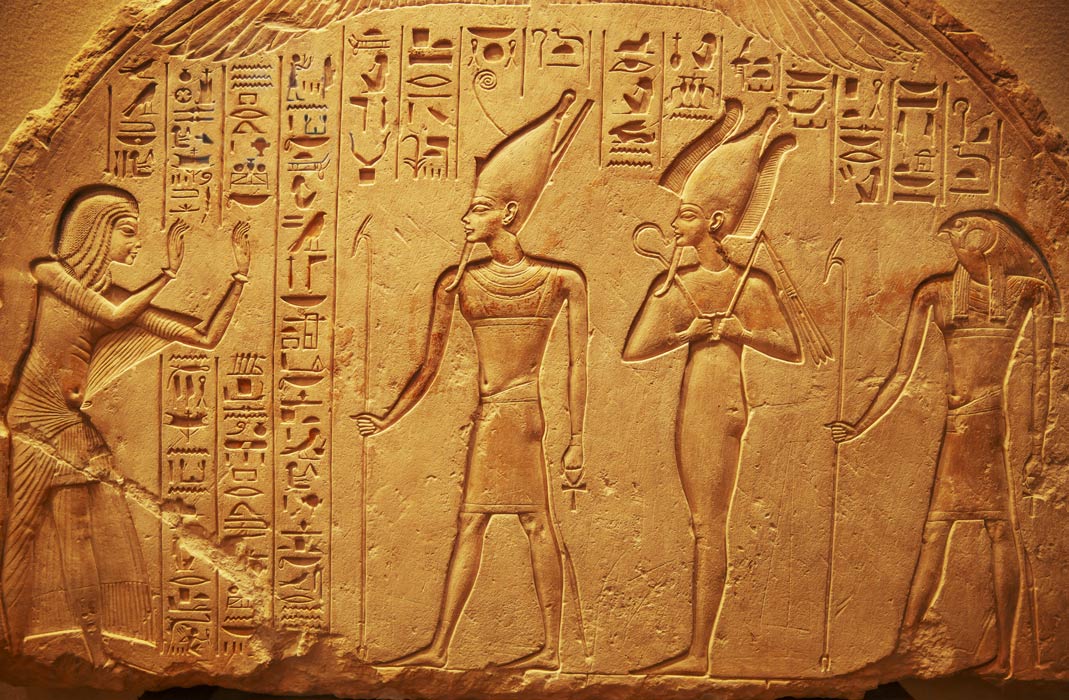The ANELC 2021 eLecture series concluded today with a presentation by Margaretha Folmer (Leiden University/Vrije Universiteit Amsterdam). She offers a look at linguistic markers in Aramaic letters from a non-Semitic region, Bactria, a region that is heavily contested today and the subject of global news—Northern Afghanistan. Folmer wishes her research be received to contribute to preserving the heritage of this part of the world.
Folmer’s presentation explores a collection of eight mid-4th C. letters containing Aramaic called The Akhvamazda Letters, considered to have belonged to a satrap in the region. The letters show writing on leather and share similarities with Arshama Satrapal correspondence (late 5th C., from Babylon/Susa). Folmer demonstrated how Aramaic spelling in the Akhvamazda letters was consistent with the Arshama Letters. Some examples include z > *ḏ and the inclusion of n in unexpected contexts.
The Akhvamazda letters are unique because they include many Persian and other Iranian loanwords, which have been adapted to Aramaic morphology. Many loanwords seemt o have been adapted to Aramaic spelling and convention. Folmer noted several examples of non-Semitic influences and suggests a substantial understanding of Old Persian among the Aramaic-speaking population, notably evidenced by the common use of Zoroastrian names.
Folmer’s research looks carefully at linguistic features in the letters where Aramaic appears influenced by spelling and syntax standards adapted from Old Persian grammar. For example, the absence of the definite marker, a feature in the letters, appears to originate from an Old Persian practice. Another feature is an irregularly marked (or missing) direct object marker, usually l in Achaemenid Aramaic. Therefore, irregularities in the Aramaic may be explained by considering Old Persian influences in the language understood by the writers of these letters.
Folmer demonstrated linguisitc connections by comparing regular word order in Aramaic and Persian texts. Most Achaemenid Aramaic texts show an infinitive preceding its direct object. Still, many letters show irregularities in this order and tend toward the subject-object-verb order preferred in Old Persian. The Akhvamazda correspondence shows that this might be happening because of the inhabitants’ familiarity with Old Persian. In over half of the instances of Aramaic irregularities with the direct object, the corresponding word is a Persian loanword. She cites this as evidence for her conclusions about contact with Old Persian in the Akhvamazda letters.
Folmer concludes by asserting similarities in the orthography between the Arshama and Akhvamazda correspondence and demonstrating that syntax shows strong interference from a non-Semitic language in the Akhvamazda letters. She suggests there was common integration of contact in the use of Aramaic and Persian languages among the people situated in the ancient Near Eastern province known as Bactria.
The evidence Folmer provided demonstrated a likelihood of fluidity of understanding between native Persian and native Aramaic speakers. Scholars of ancient languages tend to focus on differentiating between linguisitc and syntactical particulars of languages and their use in various regions. However, it is common in today’s world for people to share an understanding of meaning even across language or regional dialects. Folmer’s conclusions seem to suggest that scholars should have more tolerance for linguistic, and possibly therefore social and cultural, influences between people who were in communication with one another in the ancient Near East.
As for me, I am very curious as to where this sort of study might lead when considering contact betwen Persian and Zoroastrian religious concepts and the biblical New Testament, which corresponded with the Aramaic speaking world. Certainly a few references to afterlife imagery might demonstrate connection at the very least.
This eLecture wrapped up the ANELC21 conference and it was a strong conclusion to an excellent conference. Many thanks to the scholars who have coordinated the speakers and organized the event so effectively.
About this event
ANELC is a joint King’s College London–UCL series. This is the second year it is running as an online eLecture series. Read about #ANELC presentations. Also, read about other academic conferences.
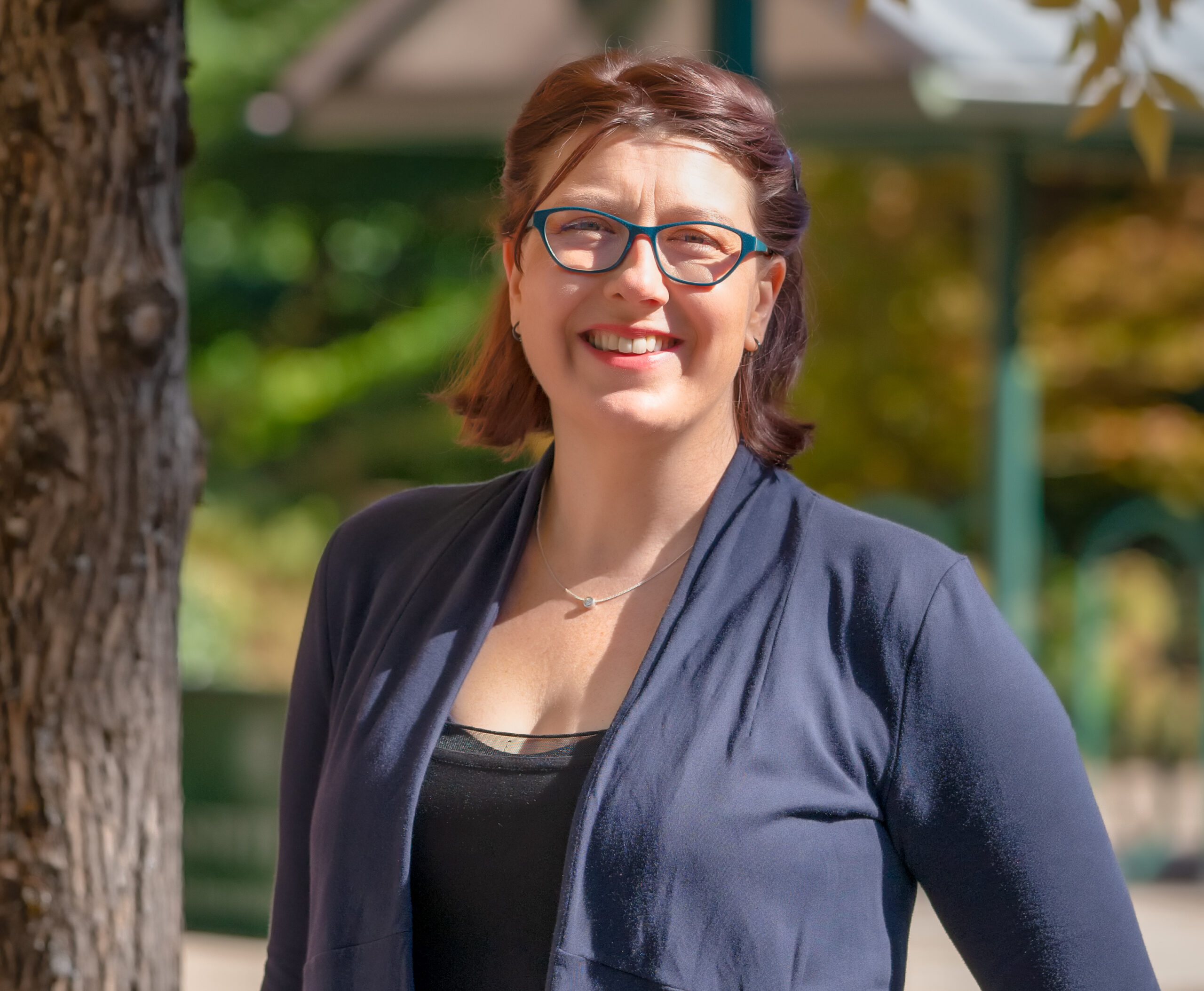
Dr. Erica Mongé-Greer, holding a PhD in Divinity from the University of Aberdeen, is a distinguished researcher and educator specializing in Biblical Ethics, Mythopoeia, and Resistance Theory. Her work focuses on justice in ancient religious texts, notably reinterpreting Psalm 82’s ethics in the Hebrew Bible, with her findings currently under peer review.
In addition to her academic research, Dr. Mongé-Greer is an experienced University instructor, having taught various biblical studies courses. Her teaching philosophy integrates theoretical discussions with practical insights, promoting an inclusive and dynamic learning environment.
Her ongoing projects include a book on religious themes in the series Battlestar Galactica and further research in biblical ethics, showcasing her dedication to interdisciplinary studies that blend religion with contemporary issues.
